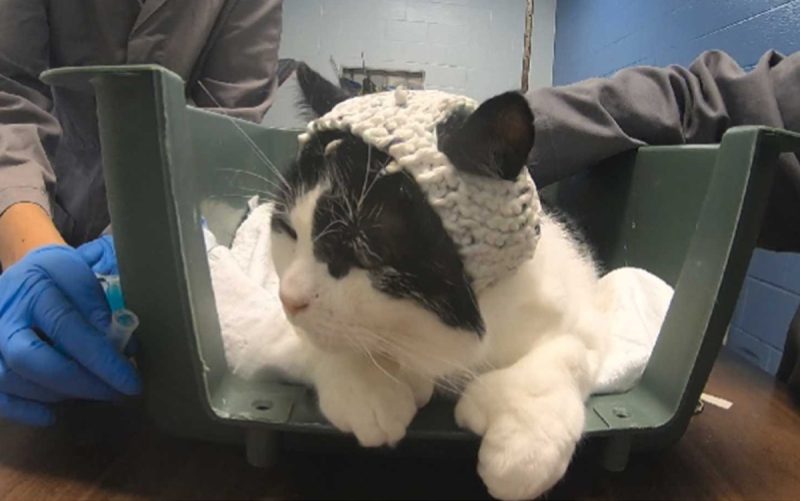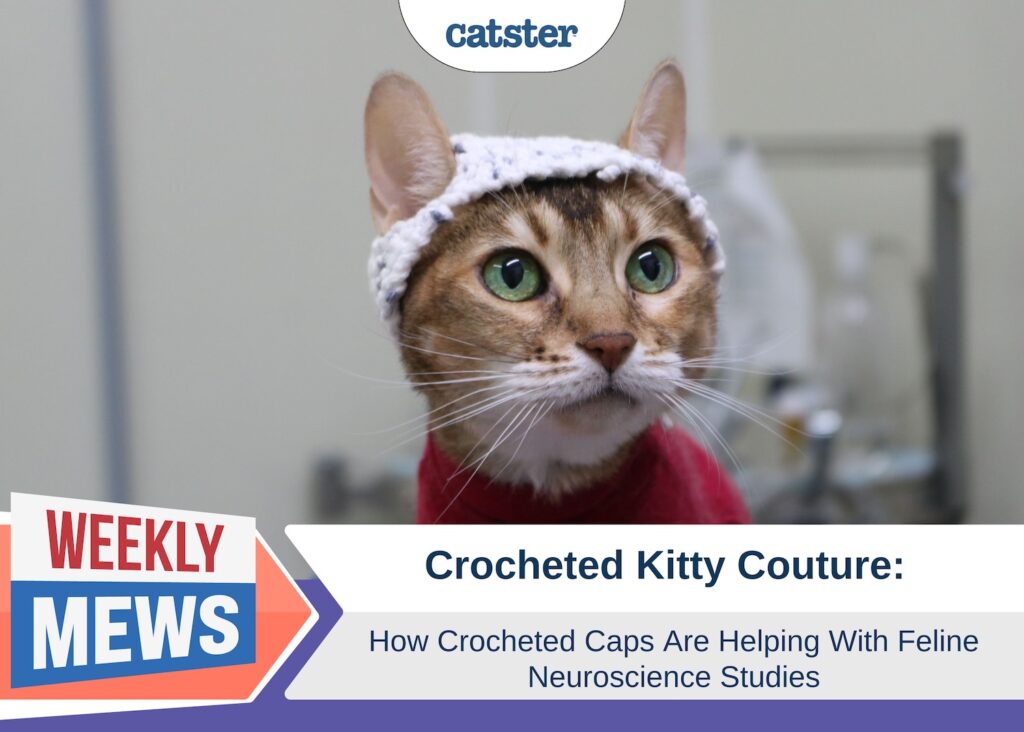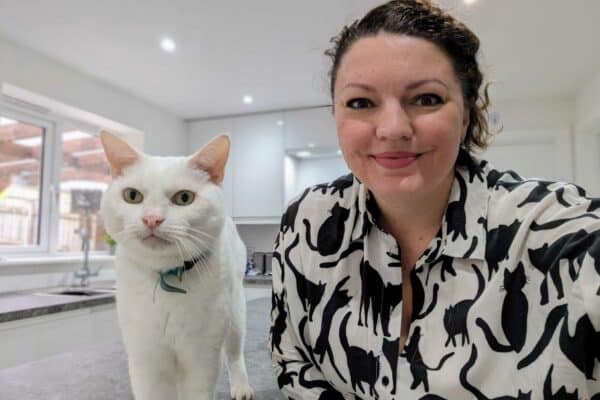With out the outcomes of scientific analysis and experiments, the world can be stuffed with the ifs and maybes of untested hypotheses. Sadly, an amazing quantity of scientific discoveries and breakthroughs have come on the expense of animals utilized in experiments. In a current examine of sensory processing in power ache on the College of Montreal, scientists got here up with a intelligent technique to measure the mind waves of cats utilizing a non-invasive – and fairly frankly, lovable – piece of apparatus: a knitted cap.
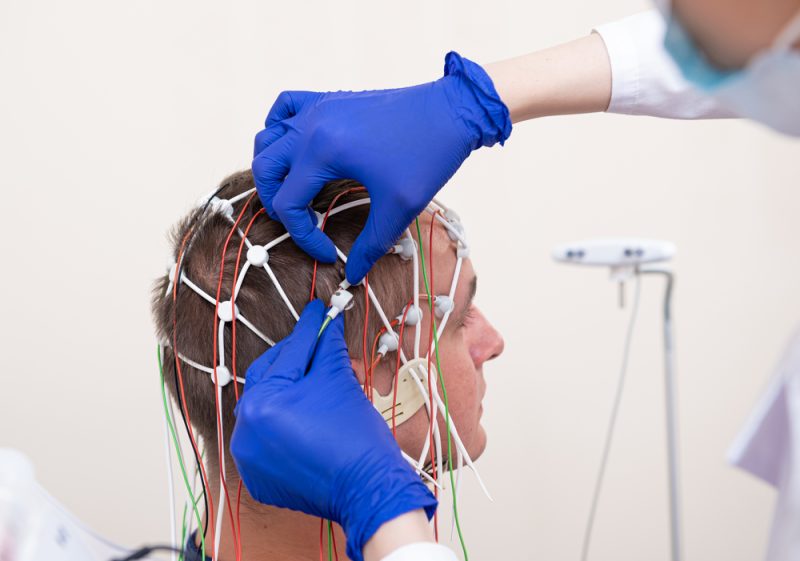

Placing Their Considering Caps On
Electroencephalography (EEG) is a method that makes use of electrodes to detect {the electrical} exercise of the mind to evaluate operate and neurological responses to sure stimuli. The electrodes want to stay in shut contact with the affected person’s cranium, though direct contact with the pores and skin is just not essentially required. For people, this often entails inserting a community of electrodes onto the pinnacle both individually or connected in a net-like association. It’s vital that these electrodes keep fairly nonetheless with a view to get hold of correct readings, which is usually achieved by asking the affected person to not transfer their head. However how does this work when your check topic is a cat?
Previously, the one technique to get hold of correct EEG readings from cats was by inserting electrodes below the pores and skin below sedation or common anesthetic. That is problematic on plenty of ranges. The outcomes obtained could also be impacted by the consequences of the sedative medicine, and naturally there’s the moral consideration of performing an invasive process for scientific analysis.
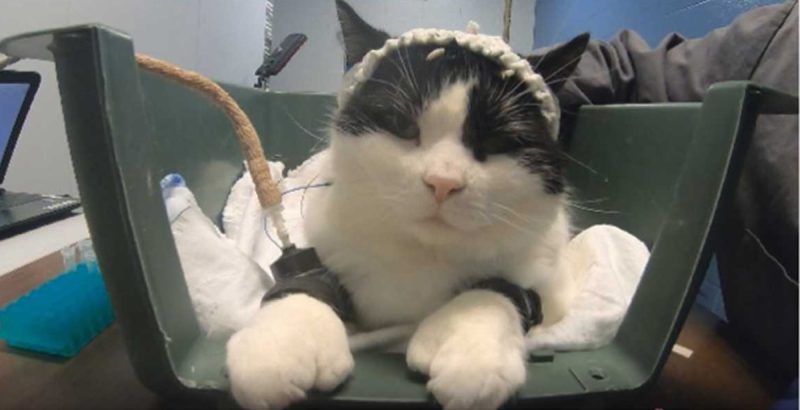

Because of a crew of scientists at The College of Montreal, there’s now a reasonably nifty various. In a current examine, a gaggle of cats with osteoarthritis have been fitted with custom-made knitted caps housing the EEG electrodes. These caps allowed non-invasive readings of mind exercise with out the necessity for sedation. As an alternative, the cats have been gently acclimated to the room, utilizing constructive reinforcement to coach them to sit down or lie down in a single place with minimal restraint.
In keeping with Aliénor Delsart, one of many researchers engaged on the examine, the concept for the caps happened as they tried to get the cats used to electrode placement.
“When you spend more time replacing them than recording signals you get creative. We had some cats who liked to shake their heads when we’d finished placing all the electrodes. We had already seen photos of cats wearing crochet caps (for purely aesthetic and cute purposes), so we thought it would be a good idea to try it to keep the electrodes in place during recording!”
And it actually was!
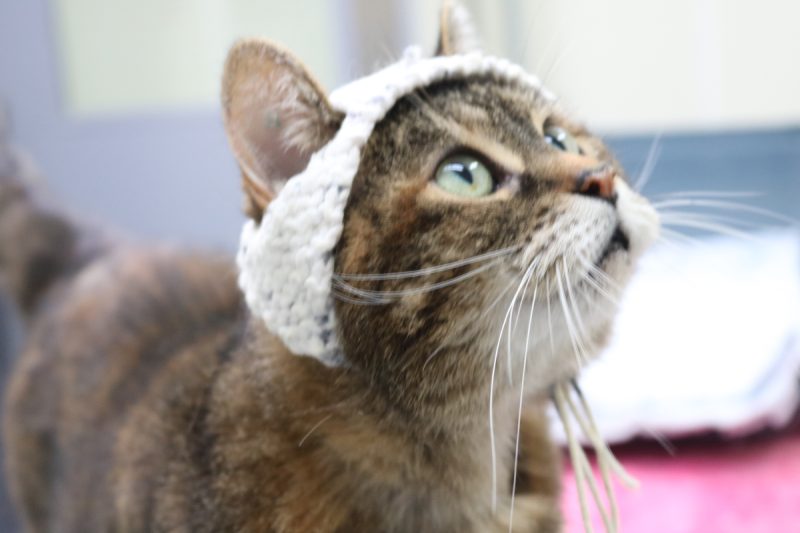

Inventive and Cruelty-Free
That is the primary time this non-invasive approach has been used, with the first focus being on how possible the tactic is. Encouragingly, the outcomes point out that this non-invasive methodology performs very properly compared to extra conventional strategies, giving comparable responses to visible and olfactory (odor) stimuli. Utilizing pre-established indicators of ache, the crew have been then in a position to assess the response of those arthritic cats to completely different types of analgesia (ache aid).
Hopefully, the success of this examine will open the door for extra moral and artistic approaches to scientific analysis, permitting us to be taught extra about each human and veterinary drugs with out the necessity to hurt or sacrifice check topics. They are saying that necessity is the mom of invention, and with this straightforward however ingenious invention, the crew at Montreal have pulled off one heck of a hat trick.
